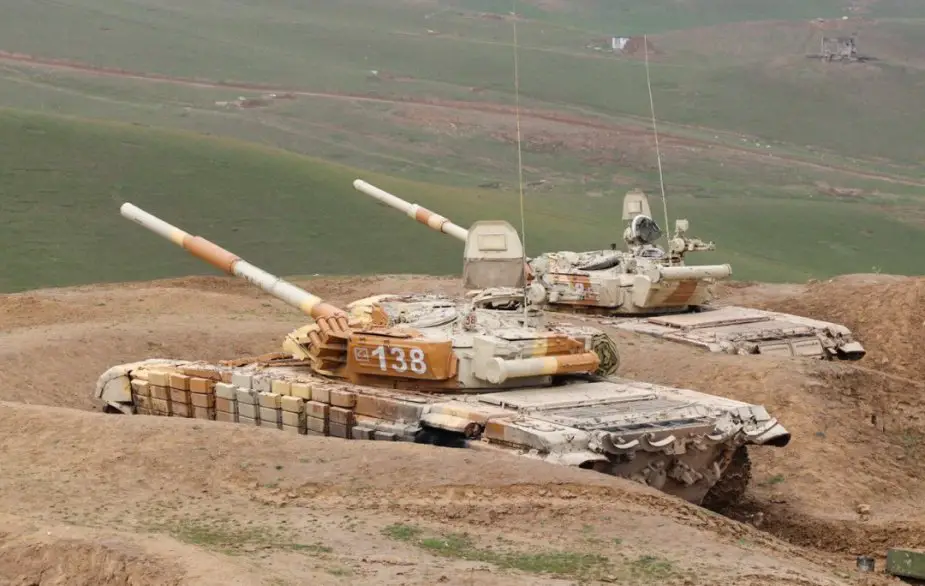The 16th lesson of the Syrian war shows that tanks remain the master of the battlefield in modern conditions. Indeed, the experience of warring ground forces showed that tanks remain the key arms. They are the most sustainable among all ground hardware even if the adversary fully dominates in the air. The Russian T-90 and T-72B3 demonstrated high protection against all modern antitank weapons, including U.S. TOW-2 missiles.

Russian T-72s (seen here in Tajikistan) and T-90s proved key weapons in the Syrian conflict (Picture source: Russian MoD)
The Syrian Navy was not engaged in the war, as it does not have weapons capable of fighting militants in the depth of the country. The Russian Navy exerted considerable influence on the Syrian fighting, delivered arms, fuel and materiel in the necessary volume for the airpower and the Syrian army. It delivered strikes with Kalibr missiles at major terrorist targets. The fleet fired close to 100 missiles mostly at small and compact buildings and reinforced concrete fortifications. They were operational and strategic command posts of terrorists, ammunition dumps and overhaul facilities. It was a modest contribution to the general victory, as the airpower destroyed a hundred times more objects.
The engagement of the “Admiral Kuznetsov” aircraft carrier was important, as its aircraft contributed to the rout of terrorists. They made 420 sorties, including 120 at night, and destroyed close to 400 objects. It was several times more than missile launches by warships and submarines did in the whole conflict. However, two-thirds of combat sorties were performed from ground airfields. The naval airpower lost 2 out of 14 aircraft because of technical problems and poor skills of the pilots.
The 17th lesson shows that missiles alone are incapable of all missions in support of the littoral army flank. Pinpoint strikes are delivered against specifically important facilities. Aviation is necessary to suppress adversary troops. Naval aviation is to fight in remote areas. Aircraft carriers are necessary for that. Had there been no airbase for the Russian airpower in Syria, Moscow would be unable to assist the country.
The 18th lesson which is the first significant one is that no warship can replace an aircraft carrier no matter how many they are. Russia needs an aircraft-carrying fleet to defend its vital interests in all potential conflicts and to demonstrate strength.
The 19th lesson calls on pilots of the aircraft carrier to master specific skills. Major attention should be paid to training naval pilots and technicians.
The main contribution of the Russian Navy was the timely delivery of materiel to Syria. The Russian airpower or the Syrian army could not be able to fight without it. The auxiliary fleet was insufficient for the supplies and the Navy had to charter civilian vessels.
The 20th lesson urges the Russian Navy to have a mobilization reserve of a civilian fleet to timely increase deliveries to the necessary level. There is the same problem with aviation, as Russian airlines operate only foreign medium and big capacity airplanes. It impedes their mobilization for the Russian armed forces. The capabilities of Russian airlifters are insufficient to supply Humaymim airbase. Hence, the 21st lesson calls on Russia to have state-owned airlines of Aeroflot or S7 scope with domestic aircraft.
The Syrian conflict provided many lessons for Russia. They have to be learned as soon as possible to prevent a repetition of the developments of the Russian-Japanese war when the tsarist government ignored the experience of previous conflicts and the development of foreign armies and navies, the Japanese Navy in particular, and lost the war, the Military-Industrial Courier said.
© Copyright 2020 TASS / Army Recognition Group SPRL. All rights reserved. This material may not be published, broadcast, rewritten or redistributed.















